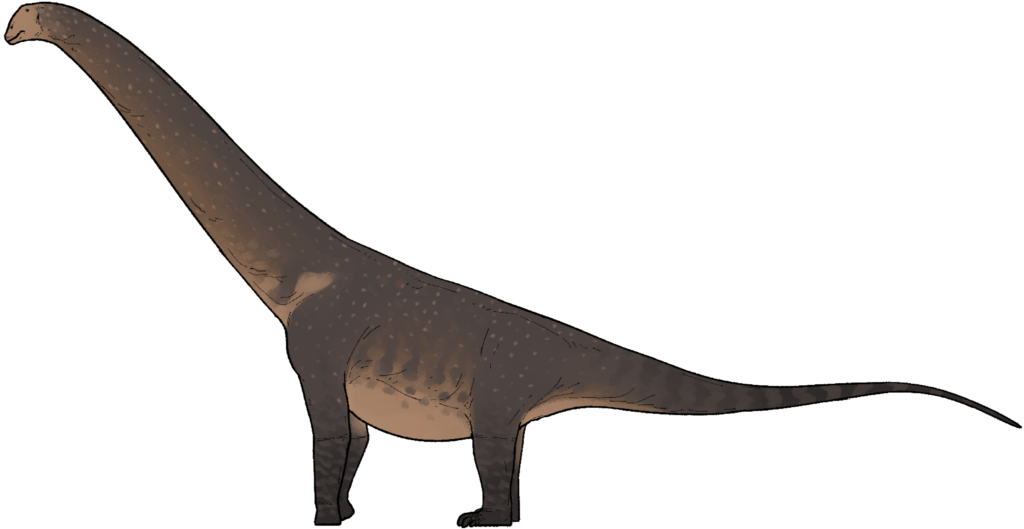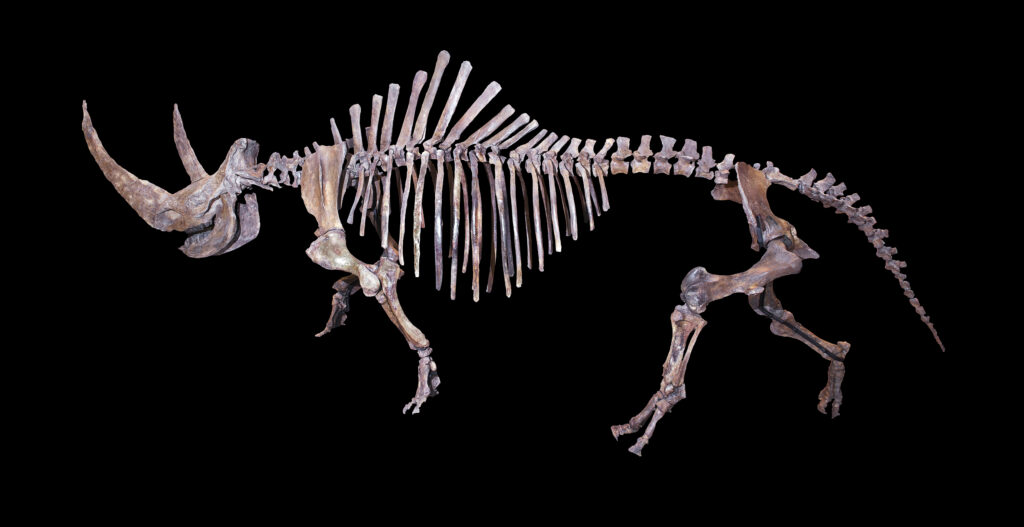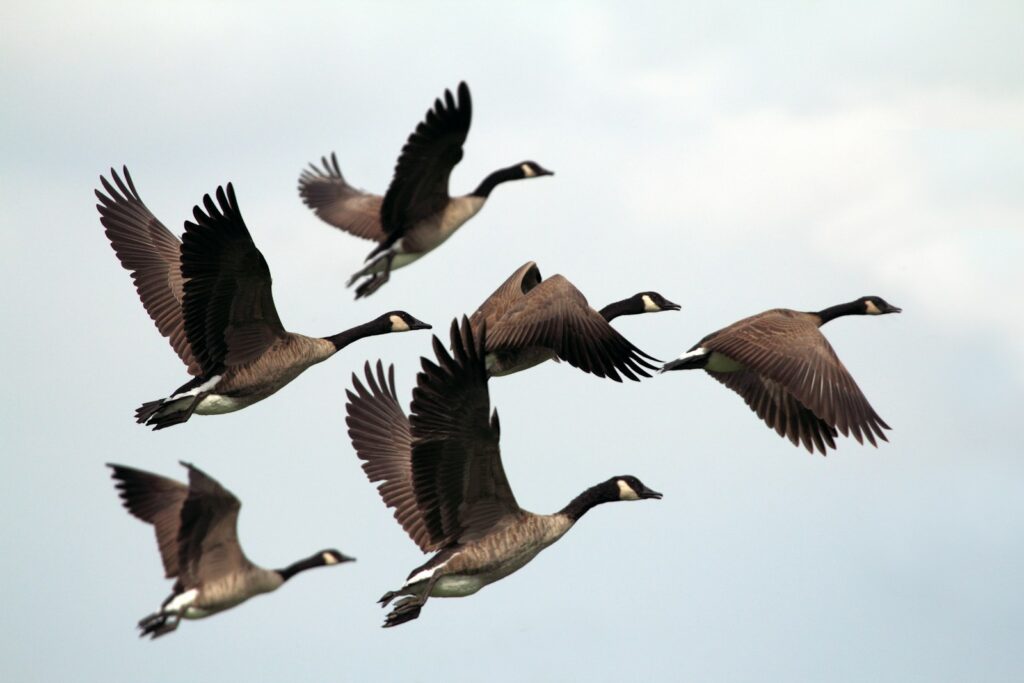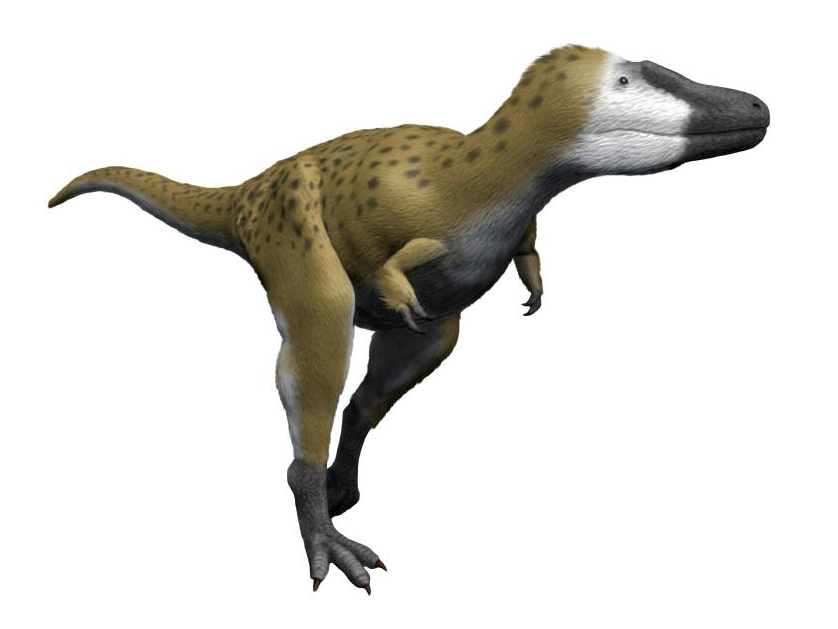Dinosaurs, those magnificent beasts that ruled our planet for over 165 million years, have captivated human imagination since their fossilized remains were first scientifically described. While we’ve made remarkable progress in understanding their anatomy, diversity, and even coloration, some aspects of dinosaur biology remain shrouded in mystery. Among these enigmas is a surprisingly fundamental question: How did dinosaurs sleep? Unlike behaviors preserved in fossilized skeletons, sleep leaves few direct traces in the fossil record. However, paleontologists have begun piecing together this puzzle through careful analysis of fossilized nests, sleeping postures, and comparative studies with modern relatives. Let’s explore what science has revealed about the slumbering habits of Earth’s former rulers.
The Challenge of Studying Prehistoric Sleep

Studying sleep behaviors in extinct animals presents unique challenges that paleontologists must overcome through creative scientific approaches. Unlike bones that fossilize readily, behaviors like sleeping leave minimal physical evidence in the geological record. Scientists must instead rely on indirect evidence such as skeletal positions in fossils, nest structures, and comparative anatomy with living relatives. This detective work requires cross-disciplinary collaboration between paleontologists, zoologists, and sleep researchers to form coherent hypotheses. Additionally, researchers must be cautious about anthropomorphizing dinosaurs, as sleep patterns vary dramatically across modern animal species. Despite these obstacles, remarkable discoveries in recent decades have begun illuminating how these ancient reptiles may have rested.
Fossilized Sleeping Postures: Rare Glimpses Into Dinosaur Rest

Occasionally, paleontologists discover dinosaur fossils preserved in what appear to be sleeping positions, offering rare direct evidence of their resting behaviors. The most famous example is the “sleeping dragon” fossil of Mei long, a small troodontid dinosaur discovered in China’s Liaoning Province. This remarkable specimen shows the dinosaur curled up with its head tucked under its arm, strikingly similar to the sleeping posture of modern birds. Another notable discovery involves several specimens of the small herbivore Changmiania liaoningensis, found in positions suggesting they were resting in burrows when suddenly buried, perhaps by a volcanic eruption. These fossilized “snapshots” suggest that at least some smaller dinosaurs adopted specific sleeping postures that protected vulnerable body parts and conserved body heat. The rarity of such finds makes each discovery particularly valuable to researchers attempting to reconstruct prehistoric behaviors.
Nesting Behaviors as Sleep Indicators

Fossilized dinosaur nests provide crucial insights into not just reproduction but potentially sleep behaviors as well. Paleontologists have discovered numerous well-preserved nesting sites across the globe, from Montana’s “Egg Mountain” to the prolific nesting grounds of Patagonia. These sites often show carefully constructed nests with specific arrangements of eggs, suggesting dinosaurs invested significant energy in creating safe spaces for their young. Many nests, particularly those of large herbivorous dinosaurs like sauropods and hadrosaurs, feature circular arrangements that could have accommodated adult dinosaurs alongside their eggs or hatchlings. The compacted sediment around some nests suggests repeated use over time, indicating these weren’t just birthing sites but potentially regular resting places. The structural similarities between dinosaur nests and those of modern birds and reptiles further support the hypothesis that nests served dual purposes for both reproduction and rest.
Clues From Modern Bird Sleep Patterns

Birds, as the direct descendants of theropod dinosaurs, offer perhaps our best window into potential dinosaur sleep behaviors. Modern birds exhibit fascinating sleep adaptations, including unihemispheric sleep, where one brain hemisphere remains alert while the other rests. This adaptation allows birds to remain vigilant against predators even while sleeping. Many birds also practice what’s called “perching sleep,” where specialized tendons in their legs automatically lock when they perch, allowing them to sleep without falling. Considering the close evolutionary relationship between birds and dinosaurs, particularly the maniraptoran theropods, it’s reasonable to hypothesize that some dinosaurs may have employed similar sleep strategies. The discovery of dinosaur fossils in bird-like sleeping positions strengthens this connection. However, scientists remain cautious about applying these modern behaviors universally across the diverse dinosaur lineages, as sleep patterns likely varied considerably across different species.
Communal Sleeping: Safety in Numbers

Multiple fossil sites across the world have revealed evidence suggesting some dinosaur species practiced communal sleeping or nesting, potentially as a protective strategy. The most compelling evidence comes from sites in Montana and Argentina, where paleontologists have discovered multiple individuals of the same species preserved together in what appear to be resting positions. These dinosaur “dormitories” likely offered evolutionary advantages similar to those observed in modern herding animals. Sleeping in groups would have allowed for shared vigilance against predators, with different individuals taking turns remaining alert while others rested more deeply. For smaller dinosaurs especially, huddling together during sleep might have also provided thermal benefits, helping individuals conserve body heat during cooler nights. The presence of multiple growth stages at some sites suggests that these communal sleeping arrangements may have included complex social structures spanning different age groups, similar to modern elephant herds or bird rookeries.
Parental Protection: Sleep and Dinosaur Childcare

Fossilized nests provide compelling evidence that many dinosaur species likely engaged in parental care, which would have influenced their sleeping arrangements. Discoveries like the famous “Big Mama” Citipati osmolskae fossil—an oviraptorid dinosaur found in a protective posture over its nest—suggest some dinosaurs slept with one eye on their young. This brooding behavior, remarkably similar to that of modern birds, indicates these dinosaurs weren’t simply abandoning their eggs after laying them. The positioning of adult remains near or within nesting sites across multiple dinosaur lineages suggests that prolonged parental presence was common. For these dinosaur parents, sleep would have necessarily been adapted to balance rest with vigilance over vulnerable offspring. Some species may have developed specialized sleep strategies similar to those in modern birds and crocodilians, where parents maintain awareness of their nest even during rest periods, perhaps employing lighter sleep states or unihemispheric sleep to remain protective.
Environmental Influences on Dinosaur Sleep

The Mesozoic Era’s varying environments likely shaped dinosaur sleep behaviors significantly across different habitats and periods. Dinosaurs living in the harsh seasonal conditions of polar regions, such as those discovered in Australia and Antarctica, would have faced unique challenges during long winter nights or extended periods of darkness. These species might have developed specialized dormancy behaviors similar to the torpor seen in some modern birds. Desert-dwelling dinosaurs likely sought shelter from extreme temperature fluctuations, possibly sleeping in burrows as suggested by fossils of the small dinosaur Oryctodromeus. Coastal or swamp-dwelling species faced different predatory threats and may have developed vigilant sleep strategies accordingly. The global climate shifts throughout the Mesozoic, from the arid Late Triassic to the warmer, wetter Jurassic and Cretaceous periods, would have presented evolving challenges, potentially driving adaptations in sleep behavior across dinosaur lineages as their environments transformed over millions of years.
Sleep Postures and Dinosaur Physiology

The ongoing debate about dinosaur metabolism and physiology has significant implications for how these animals might have slept. If larger dinosaurs were endothermic (warm-blooded), as growing evidence suggests, they would have required substantial rest periods to conserve energy, similar to modern mammals and birds. Their sleeping postures would likely have balanced the need to maintain body temperature with the mechanical challenges of their sometimes massive bodies. Large sauropods like Brachiosaurus, weighing upwards of 30 tons, faced physical constraints that likely influenced whether they slept standing up or lying down. Some paleontologists hypothesize that the largest dinosaurs may have evolved to sleep while standing, similar to modern elephants and horses, as lying down and standing up would have required significant energy. Smaller dinosaurs, particularly the feathered varieties, might have tucked their limbs and heads under feathered appendages for thermal regulation during sleep, as evidenced by fossils like the aforementioned Mei long specimen preserved in this bird-like sleeping posture.
Circadian Rhythms in the Age of Dinosaurs

The circadian rhythms governing dinosaur sleep-wake cycles would have been influenced by the same day-night patterns that affect modern animals, though with some Mesozoic differences. Day length during the dinosaur era varied somewhat from modern times due to changes in Earth’s rotation speed, with slightly shorter days than we experience now. Evidence from growth rings in fossil bones suggests that many dinosaur species exhibited seasonality in their biology, indicating sensitivity to environmental cycles that would have included day-night patterns. Recent studies of the scleral rings (bony rings supporting the eyes) in dinosaur fossils have helped scientists determine whether species were likely diurnal, nocturnal, or crepuscular, providing clues about when they were active versus resting. These analyses suggest considerable diversity in activity patterns across dinosaur groups, with some adapted for bright daylight conditions and others potentially more active during twilight or night hours, similar to the variety seen in modern animals.
Predator-Prey Dynamics and Sleep Vulnerability

The constant evolutionary arms race between predators and prey undoubtedly shaped how dinosaurs slept, as vulnerable sleep periods presented opportunities for predation. Smaller dinosaurs likely developed strategies to minimize risk during sleep, possibly including elevated sleeping positions, camouflaged nesting sites, or vigilant communal arrangements. Fascinating evidence from the Hell Creek Formation shows a Triceratops with healed Tyrannosaurus bite marks, suggesting predatory dinosaurs might have targeted sleeping or resting prey. For medium-sized herbivores like hadrosaurs or ceratopsians, sleep might have involved sentinels or alert states similar to those observed in modern herding mammals. Top predators like Tyrannosaurus rex faced fewer threats from other animals but still needed to balance rest requirements with hunting opportunities. The presence of multiple sensory adaptations in predatory dinosaurs, including enhanced olfaction, vision, and hearing, suggests they may have remained somewhat alert even during rest periods, capable of detecting prey or danger through various sensory channels.
Burrow Sleeping: Underground Dinosaur Dormitories

Compelling fossil evidence indicates some dinosaur species created or utilized burrows, potentially as sleeping chambers that offered protection from predators and environmental extremes. The most direct evidence comes from fossils of dinosaurs like Oryctodromeus cubicularis, discovered in Montana in what appears to be a collapsed burrow containing an adult and two juvenile specimens. This remarkable find suggests not only burrowing behavior but potentially family units sheltering together. Similar evidence has been found with the small herbivore Changmiania liaoningensis from China, whose skeletal features show adaptations consistent with digging abilities. The ornithopod Leaellynasaura, which lived in polar Australia during periods of seasonal darkness, may have used burrows to survive harsh conditions. These underground retreats would have offered multiple advantages for sleep, including protection from larger predators, insulation from temperature fluctuations, and shelter from weather events. The preservation of multiple individuals in some burrow sites further suggests these may have served as communal sleeping areas, similar to the warrens of modern rabbits or prairie dogs.
The Sleep Behaviors of Juvenile Dinosaurs

Fossil evidence suggests juvenile dinosaurs may have exhibited different sleep behaviors than their adult counterparts, reflecting their unique vulnerabilities and developmental needs. Nesting sites containing multiple hatchlings, such as those discovered in Montana’s Two Medicine Formation, indicate that some species practiced colonial nesting where numerous juveniles remained together, possibly for protection during vulnerable rest periods. The presence of trampled areas around some nesting sites suggests designated “nursery” areas where juveniles may have slept under adult supervision. Growth rate studies of dinosaur bones indicate that many species experienced rapid early growth, requiring substantial energy that would necessitate regular and potentially longer sleep periods during development. Juveniles of some species show different proportions than adults—larger eyes and heads relative to body size—which may have influenced their sleeping postures and requirements. These differences parallel what we observe in modern animals, where juveniles often sleep more than adults and may require different protective strategies during vulnerable rest states.
Future Research: New Technologies Illuminating Ancient Sleep

Emerging technologies are revolutionizing how paleontologists investigate dinosaur sleep behaviors, offering promising avenues for future discoveries. Advanced CT scanning and 3D modeling technologies now allow scientists to examine the brain cases of fossilized dinosaurs in unprecedented detail, potentially revealing neuroanatomical features related to sleep regulation. Chemical analysis of preserved tissues, when available, might eventually detect biomarkers associated with circadian rhythms or sleep-wake cycles. Sophisticated biomechanical modeling helps researchers test hypotheses about physically possible sleeping positions for different dinosaur body types, eliminating anatomically impossible postures. Comparative genomics between birds, crocodilians, and other reptiles is identifying genes involved in sleep regulation that may have been present in their dinosaur ancestors. Perhaps most excitingly, the growing field of behavioral simulation using artificial intelligence is beginning to model potential dinosaur behaviors based on anatomical constraints and ecological contexts. These converging technologies suggest that despite the limitations of the fossil record, our understanding of dinosaur sleep behaviors will continue to advance significantly in coming decades.
Conclusion: The Sleeping Lives of Earth’s Former Rulers

While fossilized skeletons can’t directly reveal how dinosaurs closed their eyes and drifted into slumber, the collective evidence from paleontology, comparative anatomy, and behavioral ecology has begun lifting the veil on this intimate aspect of dinosaur biology. From curled-up theropods preserved in bird-like sleeping postures to communal nesting sites and specialized burrows, the fossil record offers tantalizing glimpses into how these remarkable animals may have rested. The diversity of dinosaur sleep behaviors likely matched their incredible variety in size, habitat, and lifestyle—from the vigilant, perhaps standing sleep in massive sauropods to the tucked, warm postures of feathered maniraptors. As research techniques continue advancing, we can look forward to ever more detailed reconstructions of how dinosaurs spent their nights during their long reign on Earth. These insights not only satisfy our curiosity about prehistoric life but also deepen our understanding of sleep as a fundamental biological necessity that has shaped animal evolution for hundreds of millions of years.




